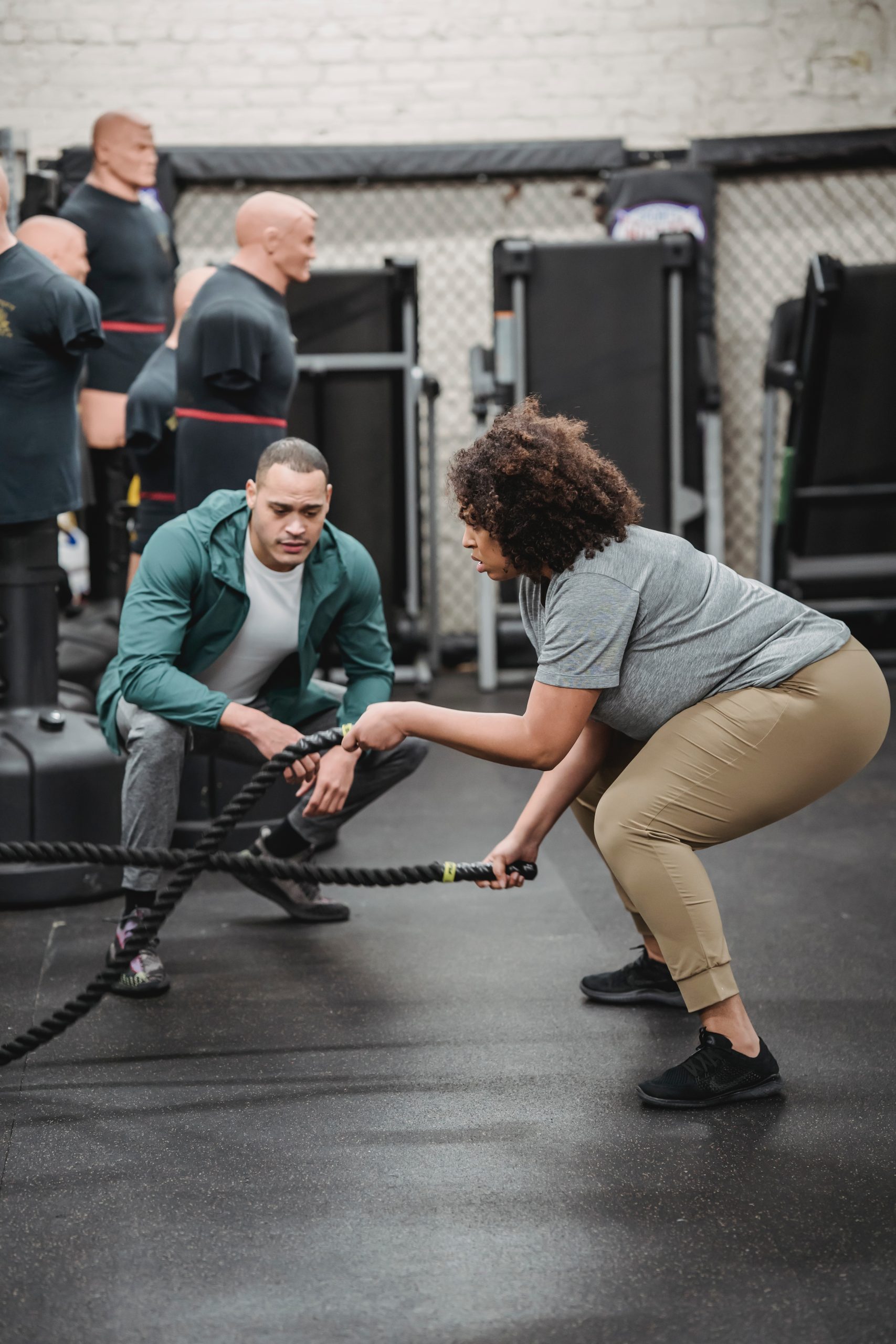In the ever-evolving world of fitness, there’s a training approach that’s been gaining significant attention and acclaim: functional training. At its core, functional training emphasizes real-life movement patterns, enhancing your body’s ability to perform daily activities and sports with efficiency, strength, and reduced risk of injury. And at the heart of this training philosophy lies the indispensable tool known as the functional trainer. In this blog, we’re diving deep into the world of functional trainers and discovering why they’ve become a staple in modern fitness facilities.
Understanding Functional Training: Beyond Isolation
Traditional gym equipment often focuses on isolating individual muscles, leading to workouts that may not translate effectively to real-world movements. Functional training, on the other hand, seeks to integrate multiple muscle groups, joints, and movement patterns into a holistic training regimen. The goal is to enhance the body’s ability to function optimally during daily tasks and athletic activities.
Enter the Functional Trainer: A Versatile Powerhouse
At the heart of functional training is the functional trainer, a versatile piece of gym equipment designed to replicate natural movements and provide a wide range of exercises. Here’s why it’s a game-changer:
1. Freedom of Movement: Functional trainers typically consist of two adjustable pulleys, weights, and various attachments. These pulleys allow for unrestricted movement in multiple planes, letting you perform exercises that mimic real-life actions such as pushing, pulling, twisting, and lifting.
2. Versatility: Whether you’re an athlete looking to enhance sports-specific movements or someone aiming to improve everyday mobility, a functional trainer offers an extensive array of exercises. From squats, lunges, and rows to cable chops and rotations, the possibilities are nearly limitless.
3. Core Engagement: Functional training inherently engages your core muscles as you stabilize your body during dynamic movements. This not only helps sculpt a strong core but also improves overall stability and balance.
4. Injury Prevention: By enhancing the body’s natural movement patterns, functional training can contribute to injury prevention. It addresses muscle imbalances and strengthens the often-neglected stabilizer muscles, reducing the risk of injuries caused by overuse or improper form.
5. Adaptability: Functional trainers are suitable for all fitness levels. Whether you’re a beginner or an experienced gym-goer, the equipment’s adjustability allows you to tailor exercises to your current strength and abilities.
6. Time Efficiency: Workouts with functional trainers are efficient. With the ability to target multiple muscle groups in a single exercise, you can achieve a comprehensive full-body workout in a shorter amount of time.
Designing Your Functional Workout
The beauty of functional training lies in its customization. Your workout can be tailored to your fitness goals, whether that’s improving athleticism, building muscle, losing weight, or simply enhancing everyday movements. Here’s a sample full-body workout to get you started:
1. Squat to Cable Row: Engage your legs, glutes, and back muscles with this compound movement.
2. Standing Cable Chest Press: Target your chest, shoulders, and triceps while engaging your core for stability.
3. Woodchopper: This rotational movement engages your core, shoulders, and obliques, mimicking the action of chopping wood.
4. Single-Leg Romanian Deadlift: Enhance balance and work on your hamstrings, glutes, and lower back with this single-leg exercise.
5. Cable Pull-Through: Engage your posterior chain—glutes, hamstrings, and lower back—in this hip-hinging movement.
Remember, it’s essential to start with an appropriate weight and master proper form before progressing to heavier loads.
